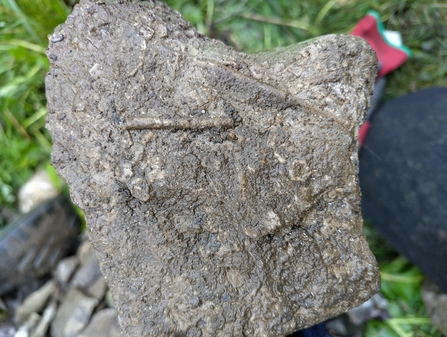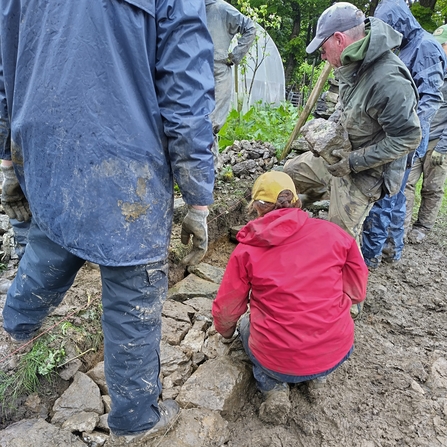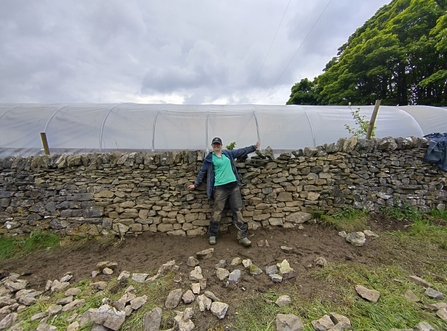I’m sat at my desk today, achy and a bit tired. I’ve spent the last two days on annual leave. Relaxing? No...on a dry stone walling course in the Forest of Bowland National Landscape. Two days of hefting around massive pieces of limestone to repair a break in a wall.
My day started with a gorgeous 40 minute drive through the Forest of Bowland, crossing moorland, winding through forest, and through some beautiful little villages. I’d set off a bit earlier than I needed to due to not knowing where I was going, but when I realised I was going to be so early, I had the opportunity to slow down and stop a couple of times along the way.





